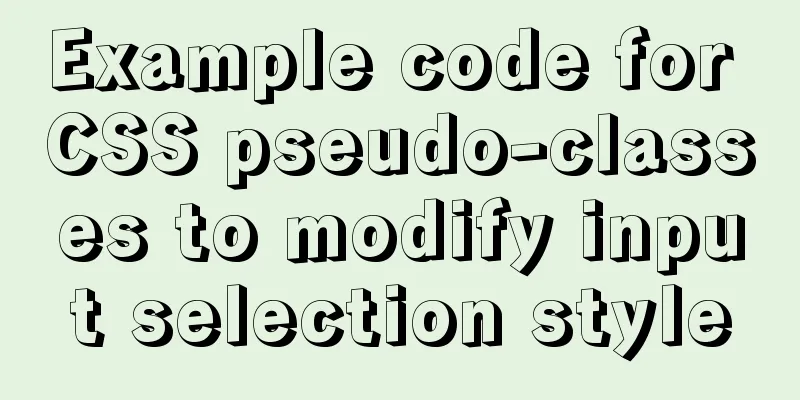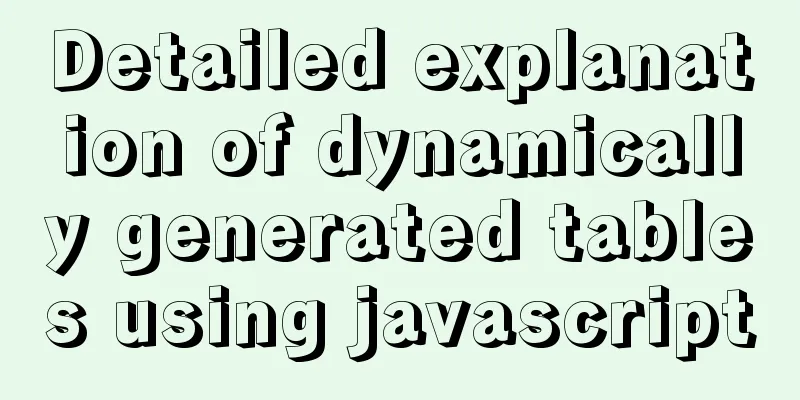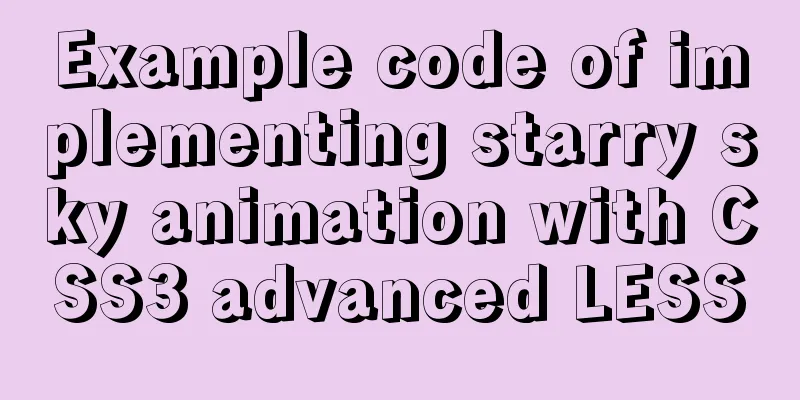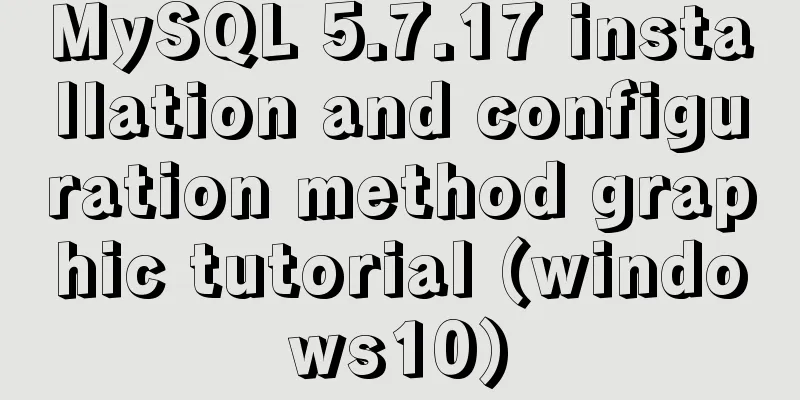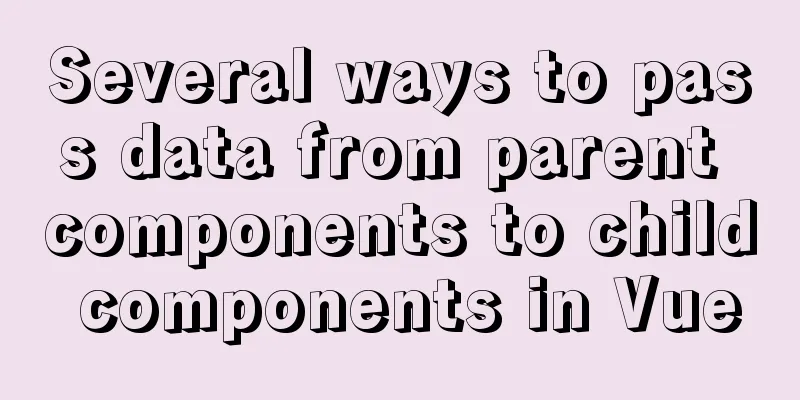JavaScript ES new feature block scope
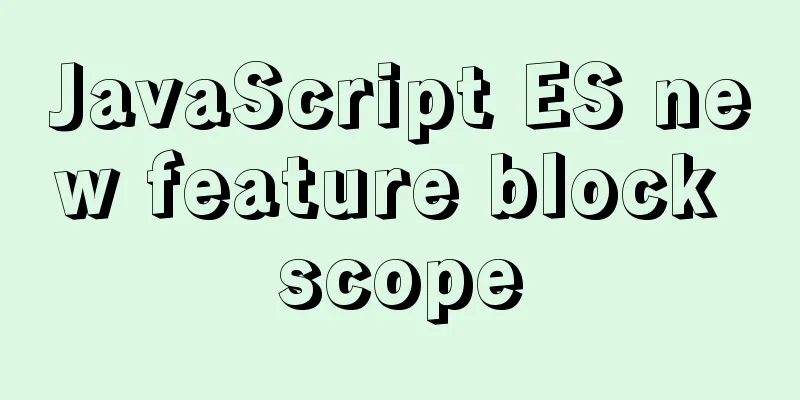
|
Preface: Before learning about block-level scope, we need to have an understanding of scope. The so-called scope is the range within which a member in the code works. 1. What is block scope? The so-called block-level scope means that the variable can only be used in the code block or sub-code block where it is declared. There is no block-level scope in versions prior to
/*
* Block-level scope can only use the let keyword* The let keyword can not only declare block-level scope, but also can be used in global scope and function scope*/
// Global scope let a = 100; // Global variables (function () {
// function scope let b = 200; // local variable })()
if (true) {
// block scope let c = 300; // local variable }
console.log(a); // 100
console.log(b); // throws an exception console.log(c); // throws an exception 2. Why do we need block scope? Local variables may overwrite global variables
var v = 100;
(function(){
console.log(v); // undefined
var v = 200;
})
The variable used for counting in the loop body is leaked as a global variable
// Define a loop body for (var v = 0; v < 10; v++) {
console.log("This is a for loop"); // This is a for loop * 10
}
console.log(v); // 10
If the variable is not released manually after the loop is completed, its life cycle will survive with the script and occupy memory. 3. With function declaration Case 1:
if (true) {
function f() {}
}
Case 2:
try {
function f() {}
} catch(e) {
// ...
}
The above two function declarations are illegal according to
{
function fun() {
console.log('this is fun');
}
}
fun(); // this is fun
// The above is equivalent to the following function {
var fn = function () {
console.log('this is fn');
}
}
fn(); // this is fn
// If you use the let keyword, you cannot access it outside the block scope {
let f = function () {
console.log('this is f');
}
}
f(); // Throws an exception description of ReferenceError: f is not defined
This is the end of this article about the new block-level scope feature of You may also be interested in:
|
<<: Introduction to commonly used fonts on the Web (fonts supported by iOS and Android browsers)
>>: Summary of @ usage in CSS (with examples and explanations)
Recommend
Detailed explanation of the solution to the problem that the font in HTML cannot be vertically centered even with line-height
by Take the effect shown in the picture as an exa...
Detailed explanation of the use of custom parameters in MySQL
MySQL variables include system variables and syst...
Details on macrotasks and microtasks in JavaScript
Table of contents 1. What are microtasks? 2. What...
Nginx solves cross-domain issues and embeds third-party pages
Table of contents Preface difficulty Cross-domain...
How to install Nginx in Docker
Install Nginx on Docker Nginx is a high-performan...
Vue advanced usage tutorial dynamic components
Table of contents Basic description AST parsing R...
Tutorial on installing mysql5.7.18 on windows10
This tutorial shares the installation and configu...
5 VueUse libraries that can speed up development (summary)
Table of contents What utilities does VueUse have...
A brief discussion on the design of Tomcat multi-layer container
Table of contents Container Hierarchy The process...
How to use javascript to do simple algorithms
Table of contents 1 Question 2 Methods 3 Experime...
Several methods of implementing two fixed columns and one adaptive column in CSS
This article introduces several methods of implem...
How to limit the input box to only input pure numbers in HTML
Limit input box to only pure numbers 1、onkeyup = ...
Understanding and solutions of 1px line in mobile development
Reasons why the 1px line becomes thicker When wor...
Detailed tutorial on how to install mysql8.0 using Linux yum command
1. Do a good job of cleaning before installation ...
Share the responsive frameworks commonly used by web design masters (summary)
This article introduces and shares the responsive...
